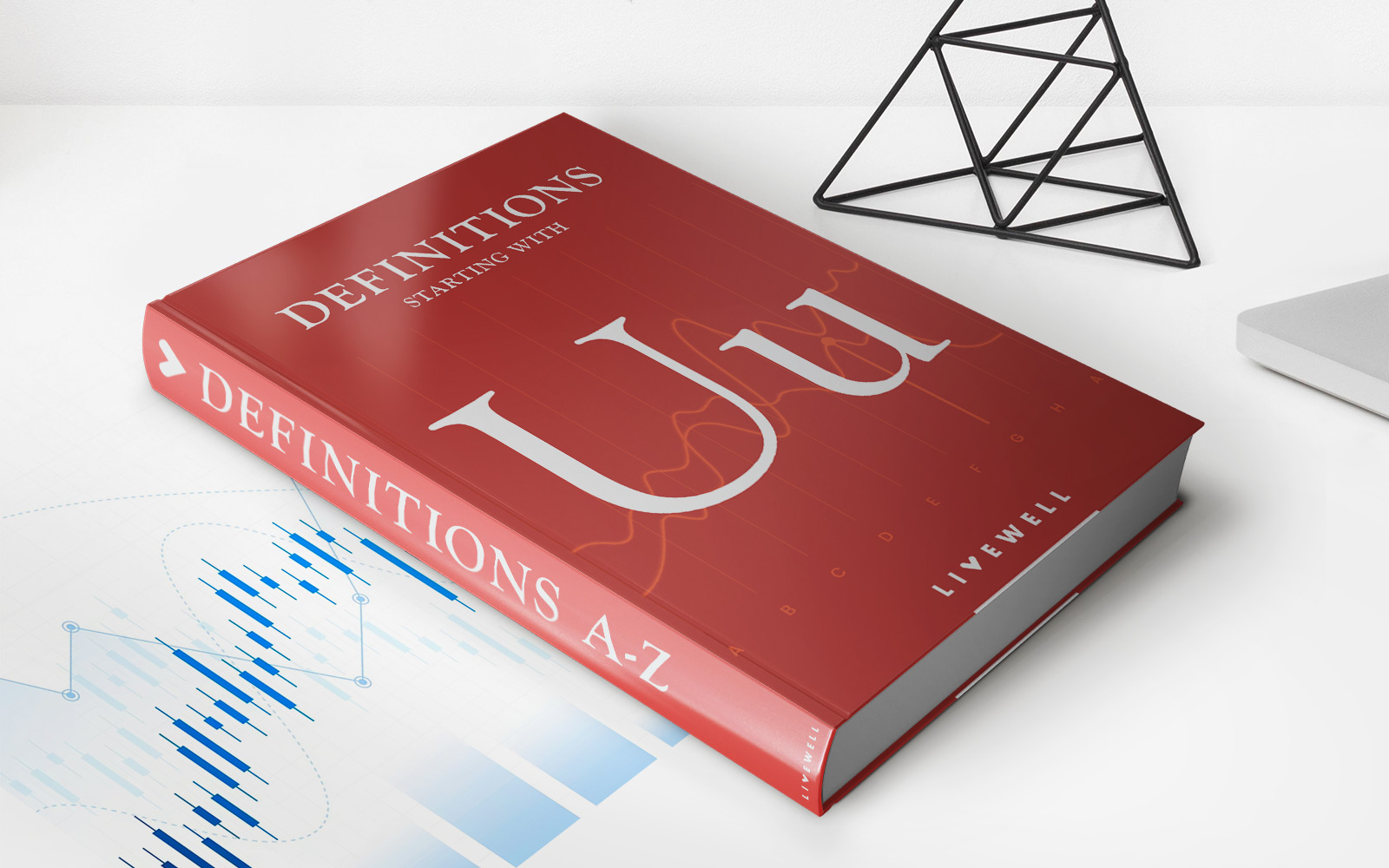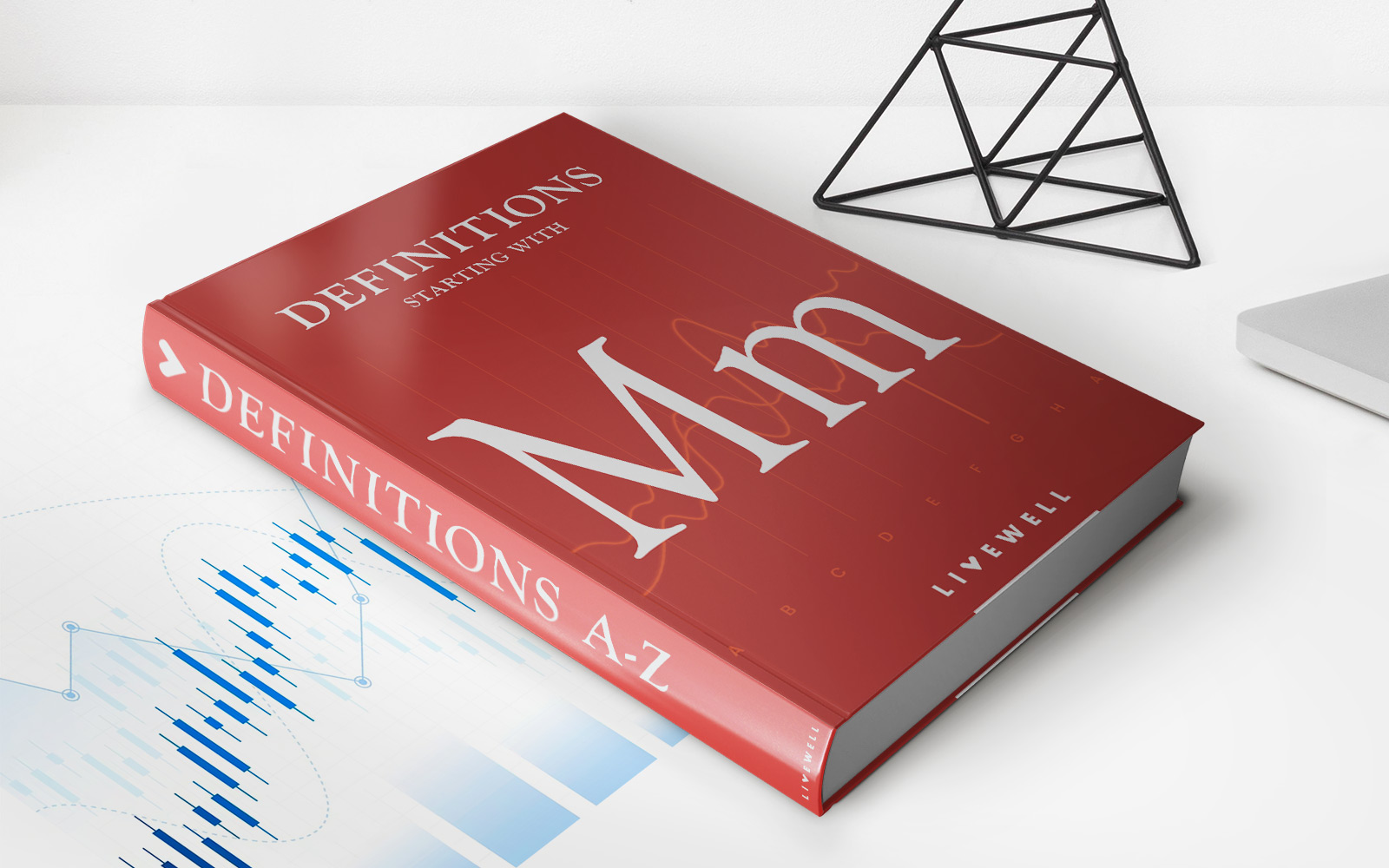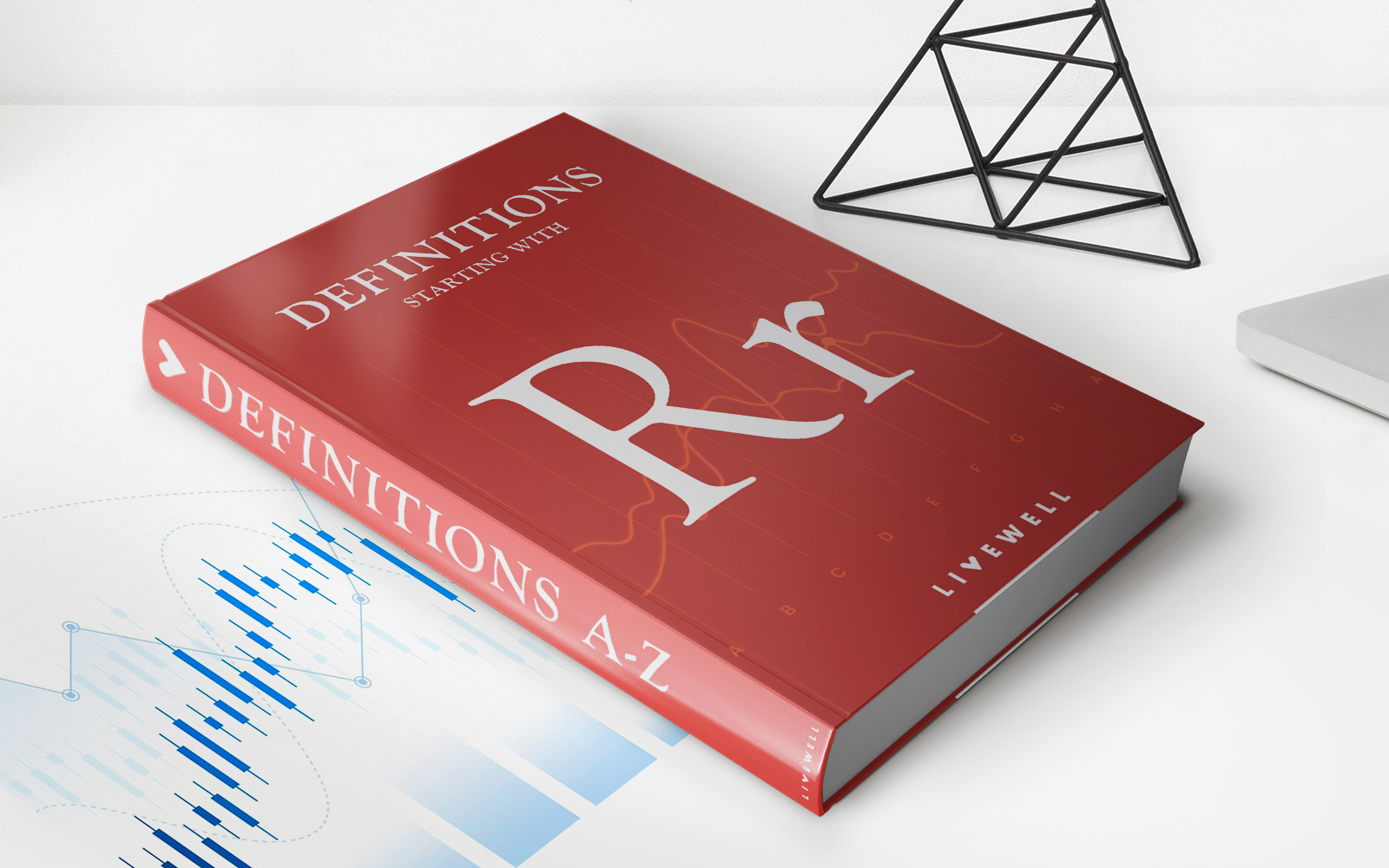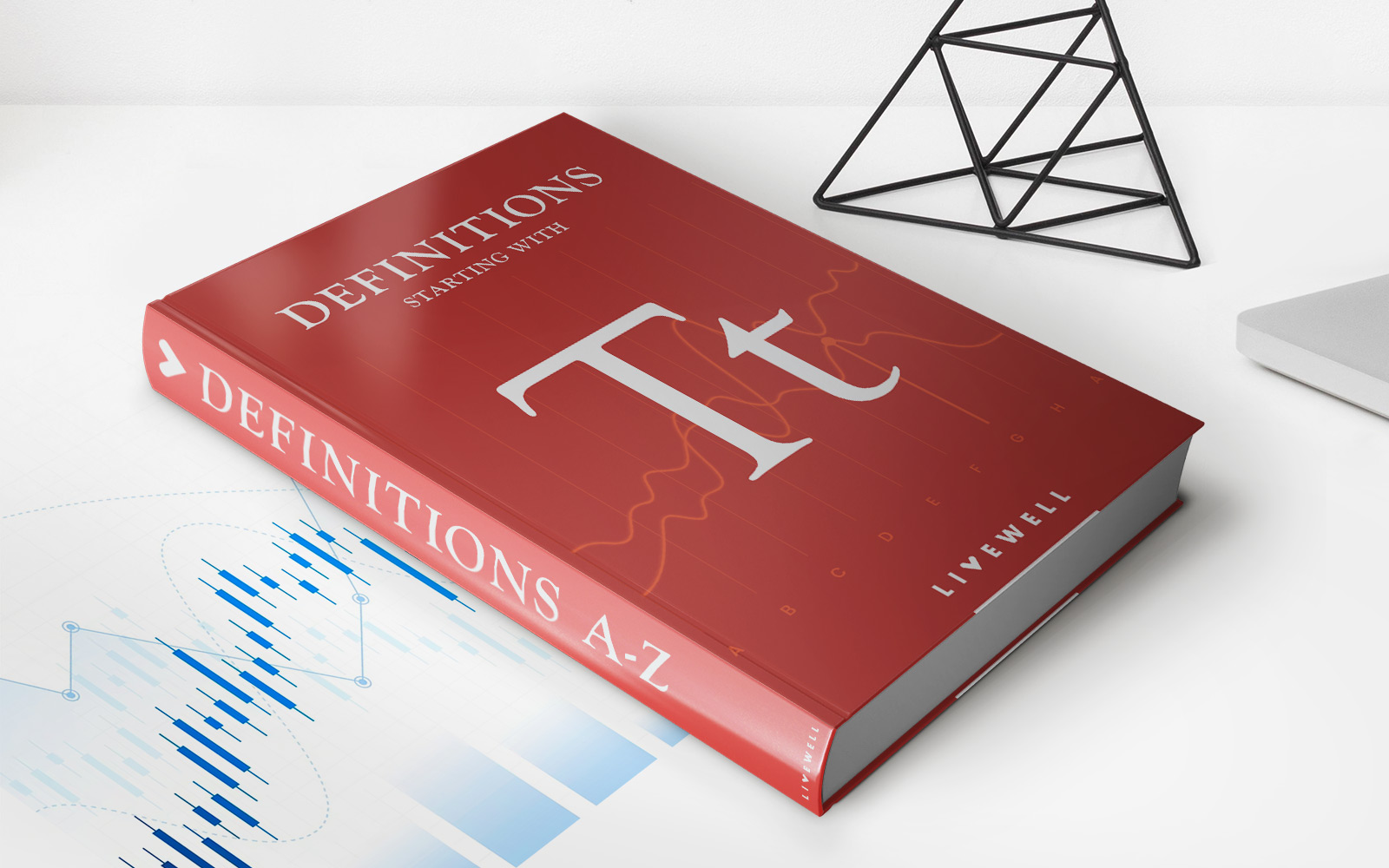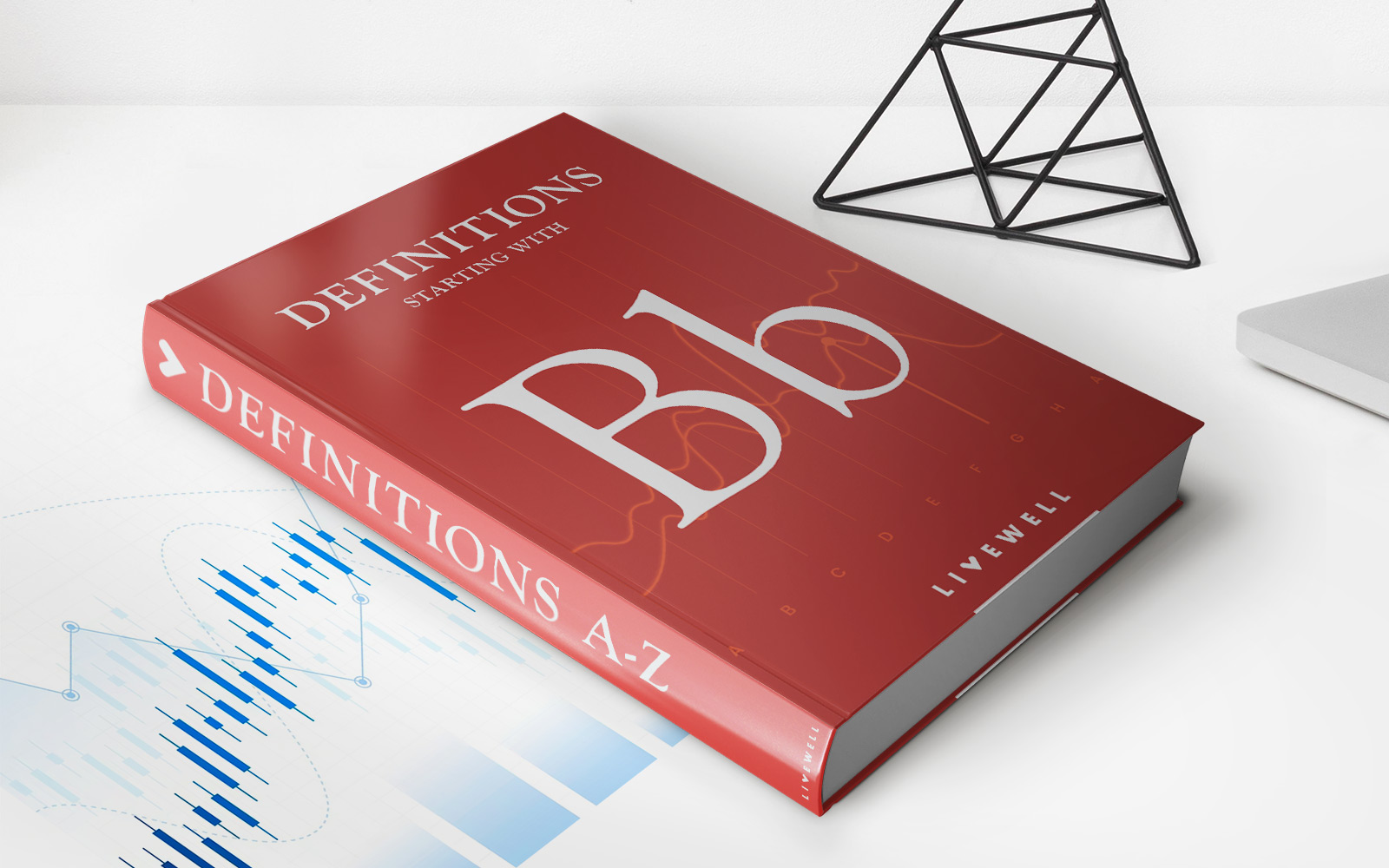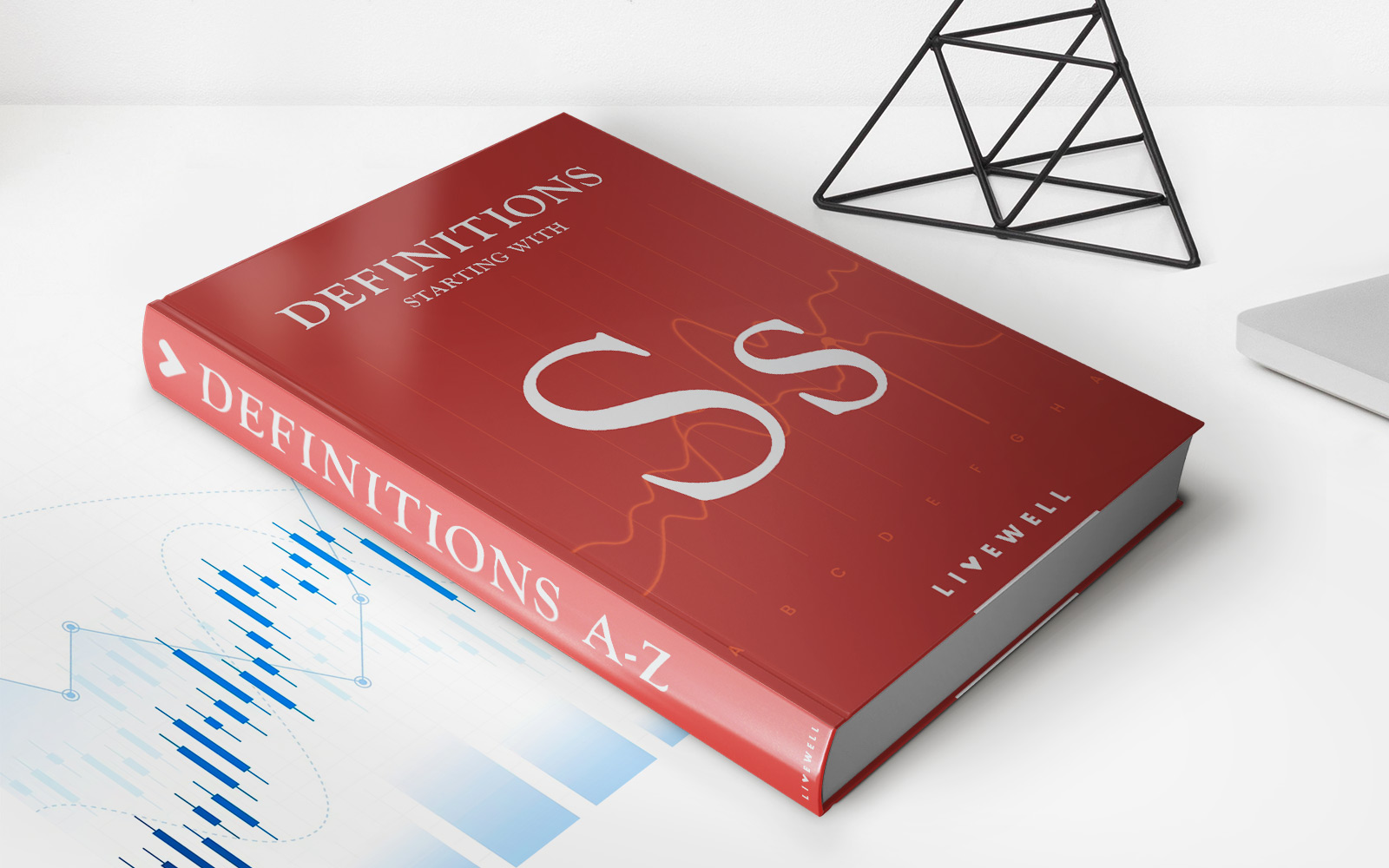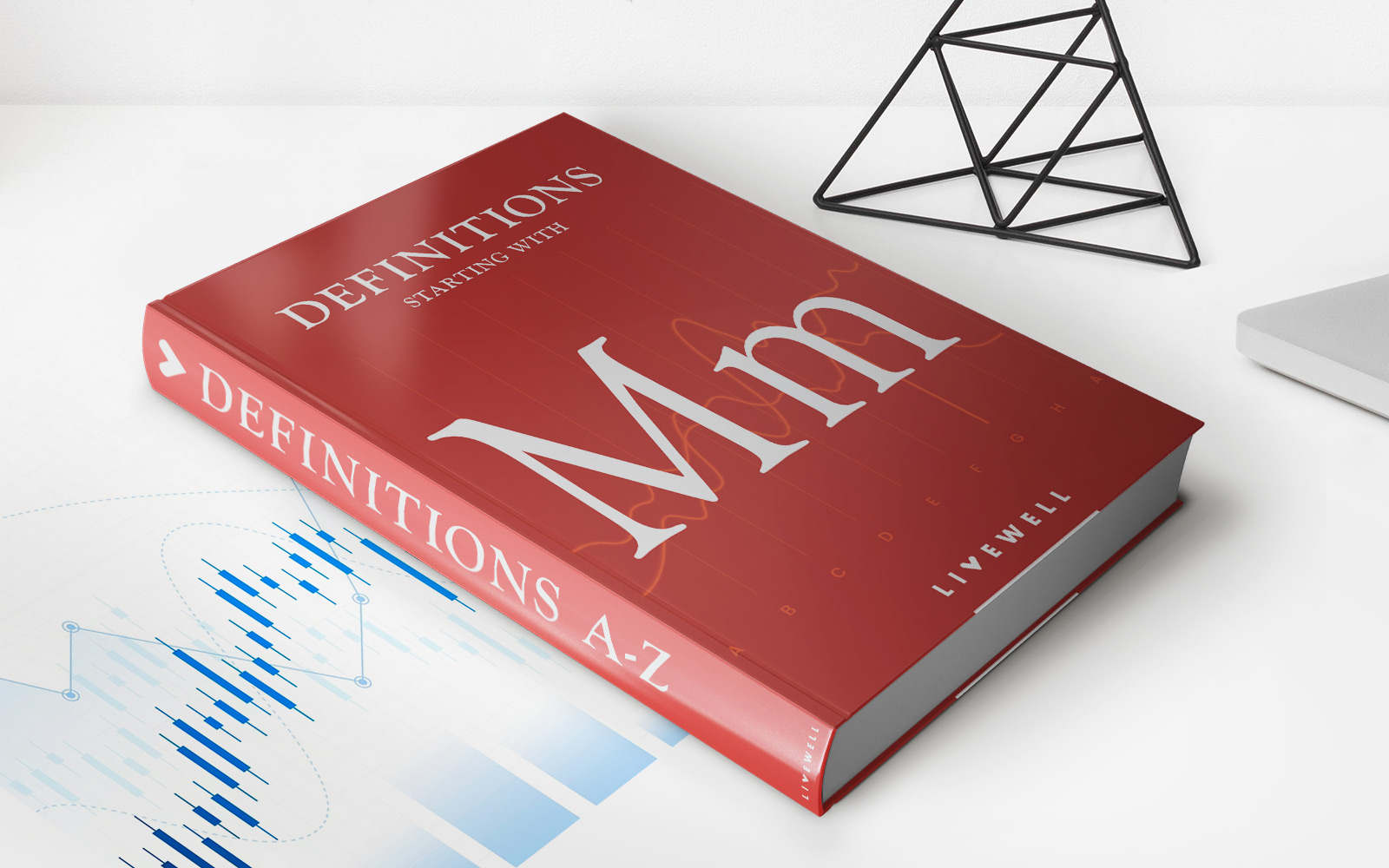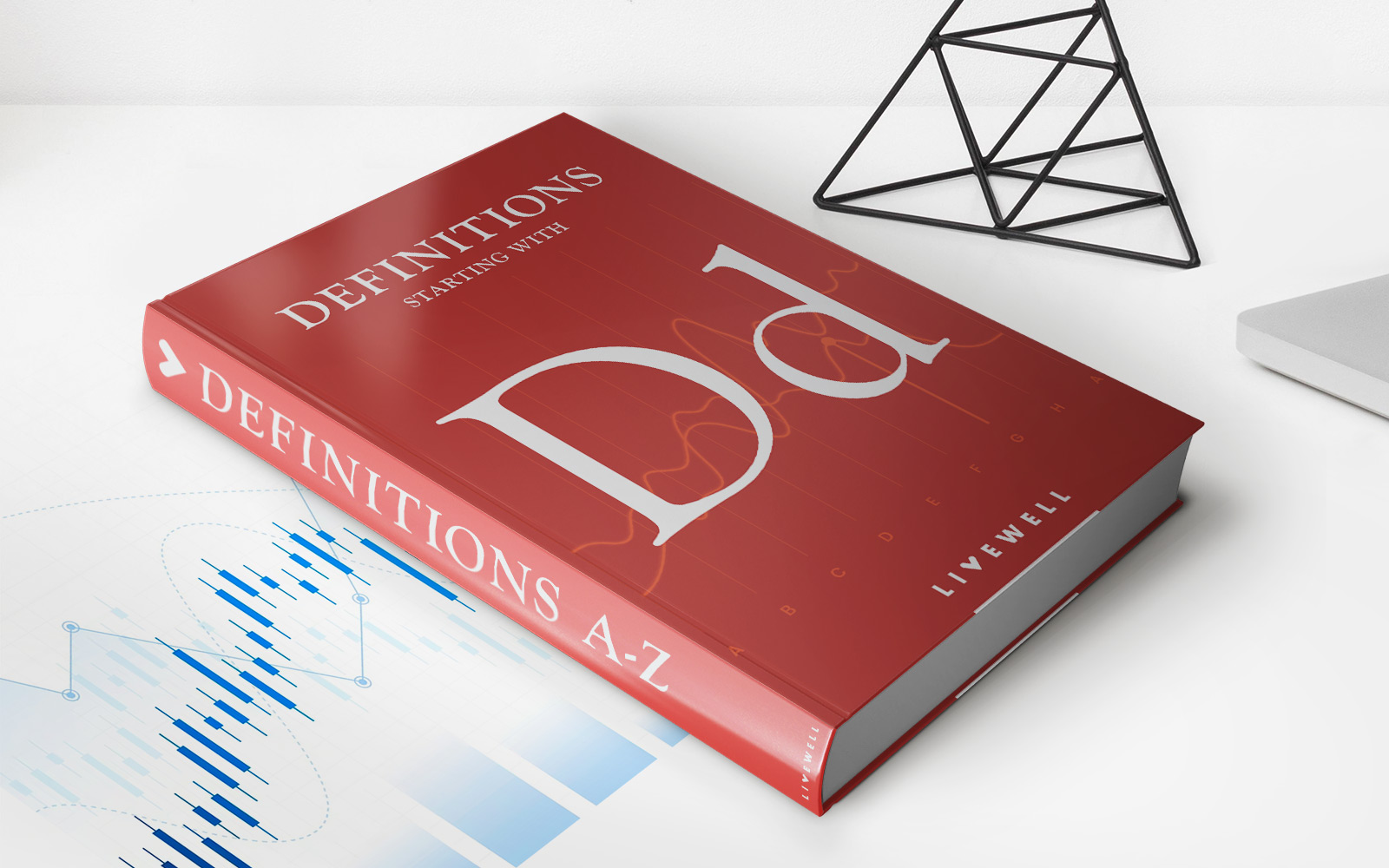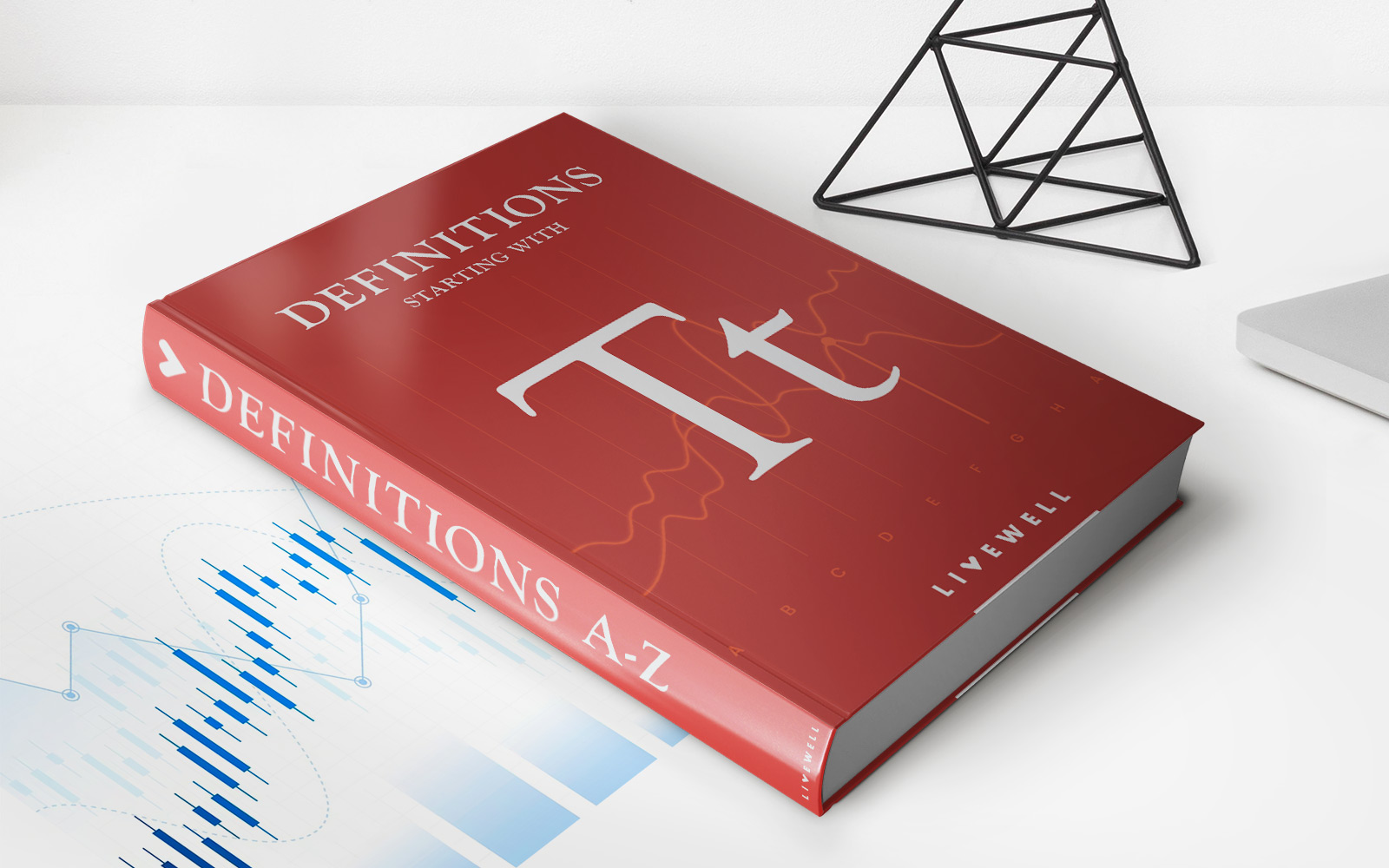Home>Finance>Market Identifier Code (MIC): Definition, Purpose, Uses And Types

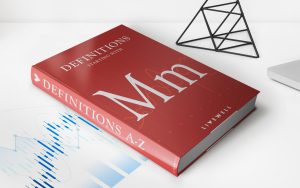
Finance
Market Identifier Code (MIC): Definition, Purpose, Uses And Types
Published: December 22, 2023
Learn about the Market Identifier Code (MIC), its definition, purpose, uses, and types in the field of finance.
(Many of the links in this article redirect to a specific reviewed product. Your purchase of these products through affiliate links helps to generate commission for LiveWell, at no extra cost. Learn more)
Market Identifier Code (MIC): Definition, Purpose, Uses, and Types
When it comes to the world of finance, there are numerous acronyms and codes that are used to identify different entities and instruments. One such code is the Market Identifier Code (MIC). In this blog post, we will delve into the definition, purpose, uses, and types of MICs, providing you with a comprehensive understanding of this vital component of the financial industry.
Key Takeaways:
- MICs are unique four-letter codes used to identify financial market participants, such as exchanges, trading platforms, and regulatory authorities.
- MICs play a crucial role in ensuring the smooth functioning of global financial markets by facilitating accurate and efficient communication.
Definition:
A Market Identifier Code (MIC), also known as an exchange code or a trading code, is a unique four-letter code used to identify various entities within the financial industry. These codes serve as an international standard, ensuring that each market participant is easily identifiable across different countries and regions.
Issued by the International Organization for Standardization (ISO), MICs are assigned to different types of financial market participants, including exchanges, trading platforms, regulatory authorities, and other organizations involved in the trading and settlement of financial instruments.
Purpose:
The primary purpose of MICs is to provide a standardized and unique identification system for financial market participants worldwide. By assigning a four-letter code to each entity, MICs help eliminate confusion and ensure accurate and efficient communication between market participants.
With the global nature of financial markets, where entities from different countries interact with one another, having a standardized identification system becomes crucial. MICs facilitate the seamless exchange of information between brokers, traders, and regulators, enabling them to execute trades, monitor market activity, and ensure compliance with regulatory requirements.
Uses:
MICs are used in various areas of the financial industry. Some of the key uses of MICs include:
- Identifying Exchanges and Trading Platforms: MICs are primarily used to identify exchanges and trading platforms around the world. This allows market participants to accurately specify the venue where a financial instrument is listed or traded, ensuring effective communication and trade execution.
- Regulatory Reporting: MICs play a crucial role in regulatory reporting. In many jurisdictions, financial institutions and market participants are required to report their trading activities to regulatory authorities. MICs assist in properly identifying the entities involved in these transactions, making it easier for regulators to monitor and oversee market activities.
- Swift Message Transmission: The Society for Worldwide Interbank Financial Telecommunication (SWIFT) is a messaging network used by financial institutions to exchange information securely. MICs are included in SWIFT messages to identify the originator and receiver of the message, helping to ensure accurate processing and delivery.
- Market Data Analysis: MICs are also utilized in market data analysis. By identifying the exchanges or trading platforms where specific financial instruments are traded, analysts can accurately attribute market data to the correct venue, enabling them to make informed investment decisions.
Types of MICs:
There are different types of MICs that correspond to specific market participants. Some common types of MICs include:
- Exchange MICs: These codes are assigned to exchanges where financial instruments are listed and traded.
- Market Maker MICs: These codes identify market makers, which are entities that provide liquidity to the markets by buying and selling financial instruments.
- Clearing House MICs: These codes are assigned to clearing houses, which act as intermediaries between buyers and sellers in financial transactions, ensuring smooth settlement and reducing counterparty risk.
- Regulatory Authority MICs: These codes are used to identify regulatory authorities responsible for overseeing and regulating financial markets.
It’s important to note that the types of MICs may vary depending on the country and financial system. Different jurisdictions have their own specific codes to cater to their unique market structures and requirements.
Conclusion:
Market Identifier Codes (MICs) are unique four-letter codes that play a vital role in the global financial industry. By providing a standardized identification system for exchanges, trading platforms, regulatory authorities, and other market participants, MICs enable accurate and efficient communication, assisting in trade execution, regulatory reporting, and market data analysis.
As the world of finance continues to evolve with technological advancements and increased globalization, the importance of MICs cannot be overstated. These codes facilitate the smooth functioning of global financial markets, ensuring transparency, compliance, and effective decision-making.
Understanding the purpose and significance of MICs empowers individuals and organizations to navigate the complex financial landscape with confidence, contributing to the growth and stability of the industry as a whole.
